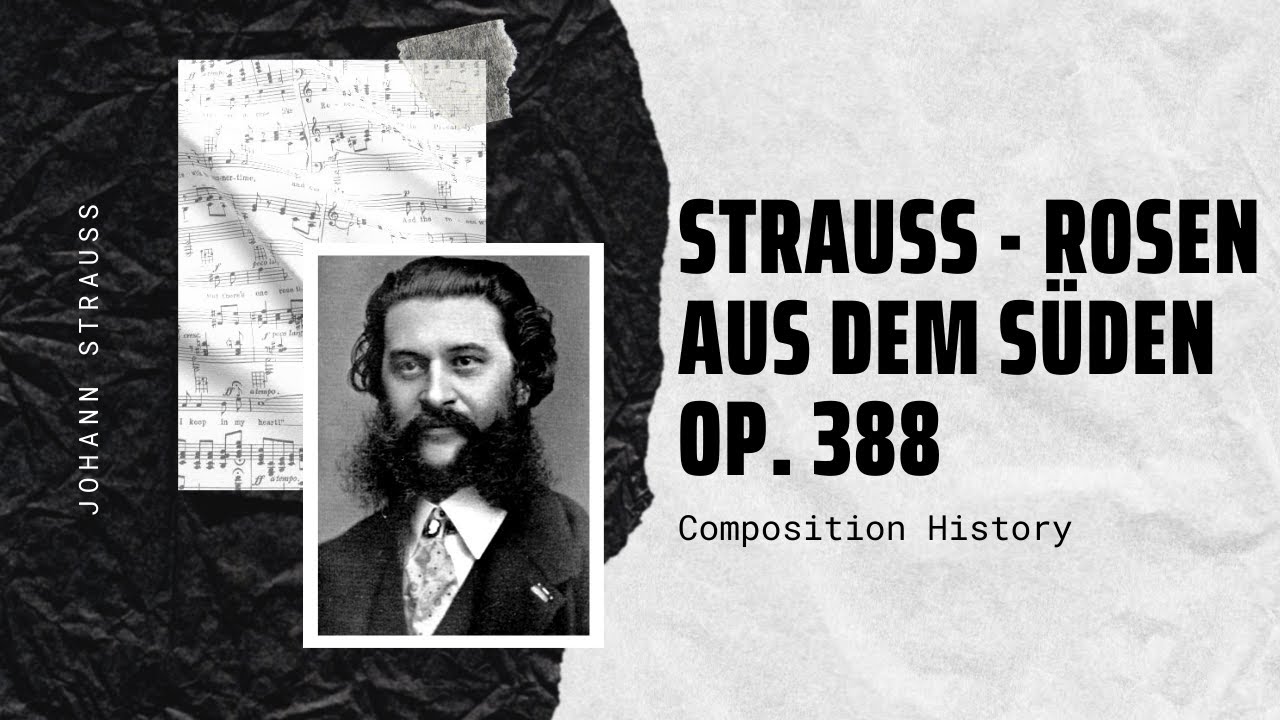
Vivaldi – Nulla in mundo pax sincera RV 630
Antonio Vivaldi Nulla in mundo pax sincera, RV 630, is a sacred motet composed by Antonio Vivaldi in 1735 to an anonymous Latin text, the title[…]

Strauss – Polka Champagne Op. 211
Johann Strauss – Polka Champagne Op. 211 Johann Strauss I (German: Johann Baptist Strauß, Johann Strauss (Vater); also Johann Baptist Strauss, Johann Strauss Sr., the Elder,[…]

Pergolesi – Magnificat in C major
Giovanni Battista Pergolesi Giovanni Battista Draghi (4 January 1710 – 16 or 17 March 1736), often referred to as Giovanni Battista Pergolesi (Italian: [perɡoˈleːzi; -eːsi]), was[…]

Smetana – Má Vlast
Bedřich Smetana Má vlast is a set of six symphonic poems composed between 1874 and 1879 by the Czech composer Bedřich Smetana. While it is often[…]
Handel – Israel in Egypt
Georg Friedrich Händel Israel in Egypt (HWV 54) is a biblical oratorio by the composer George Frideric Handel. Most scholars believe the libretto was prepared by[…]

Strauss – Rosen aus dem Süden Op. 388
Johann Strauss – Rosen aus dem Süden Op. 388 Johann Strauss I (German: Johann Baptist Strauß, Johann Strauss (Vater); also Johann Baptist Strauss, Johann Strauss Sr.,[…]

Mozart – Ave Verum K 618
Wolfgang Amadeus Mozart Ave verum corpus (Hail, true body), (K. 618), is a motet in D major composed by Wolfgang Amadeus Mozart in 1791. It is[…]

Mozart – Violin Concerto No. 5 K 219
Wolfgang Amadeus Mozart The Violin Concerto No. 5 in A major, K. 219, often referred to by the nickname The Turkish, was written by Wolfgang Amadeus[…]

Chopin – Impromptu No. 4
Frédéric Chopin – Impromptu No. 4 Op. 66 Frédéric Chopin’s Fantaisie-Impromptu (Polish: Fantazja-Impromptu) in C♯ minor Op. posth. 66 is a solo piano composition. It was[…]

Mozart – Great Mass in C minor K 427
Wolfgang Amadeus Mozart Great Mass in C minor (German: Große Messe in c-Moll), K. 427/417a, is the common name of the musical setting of the mass[…]